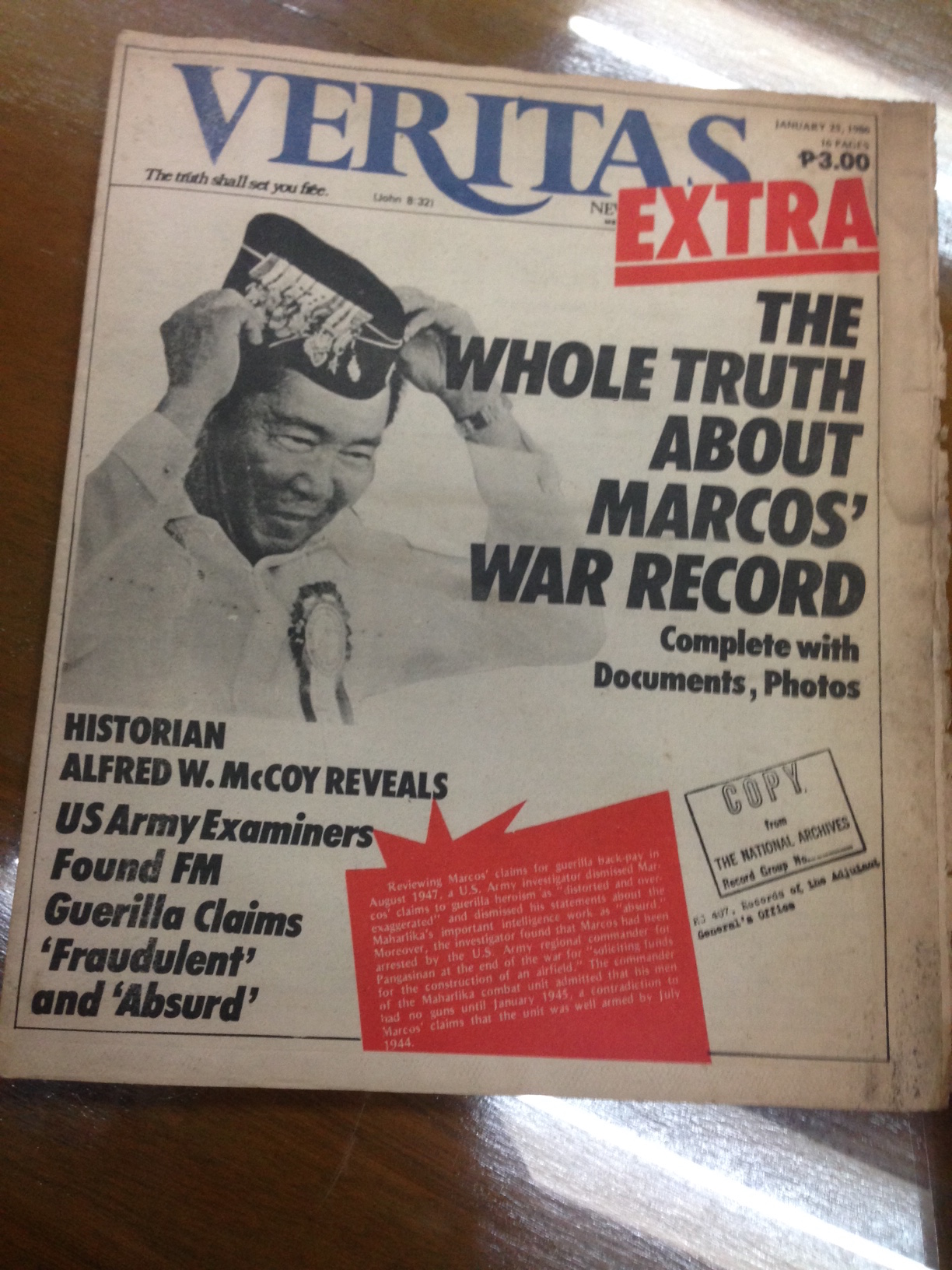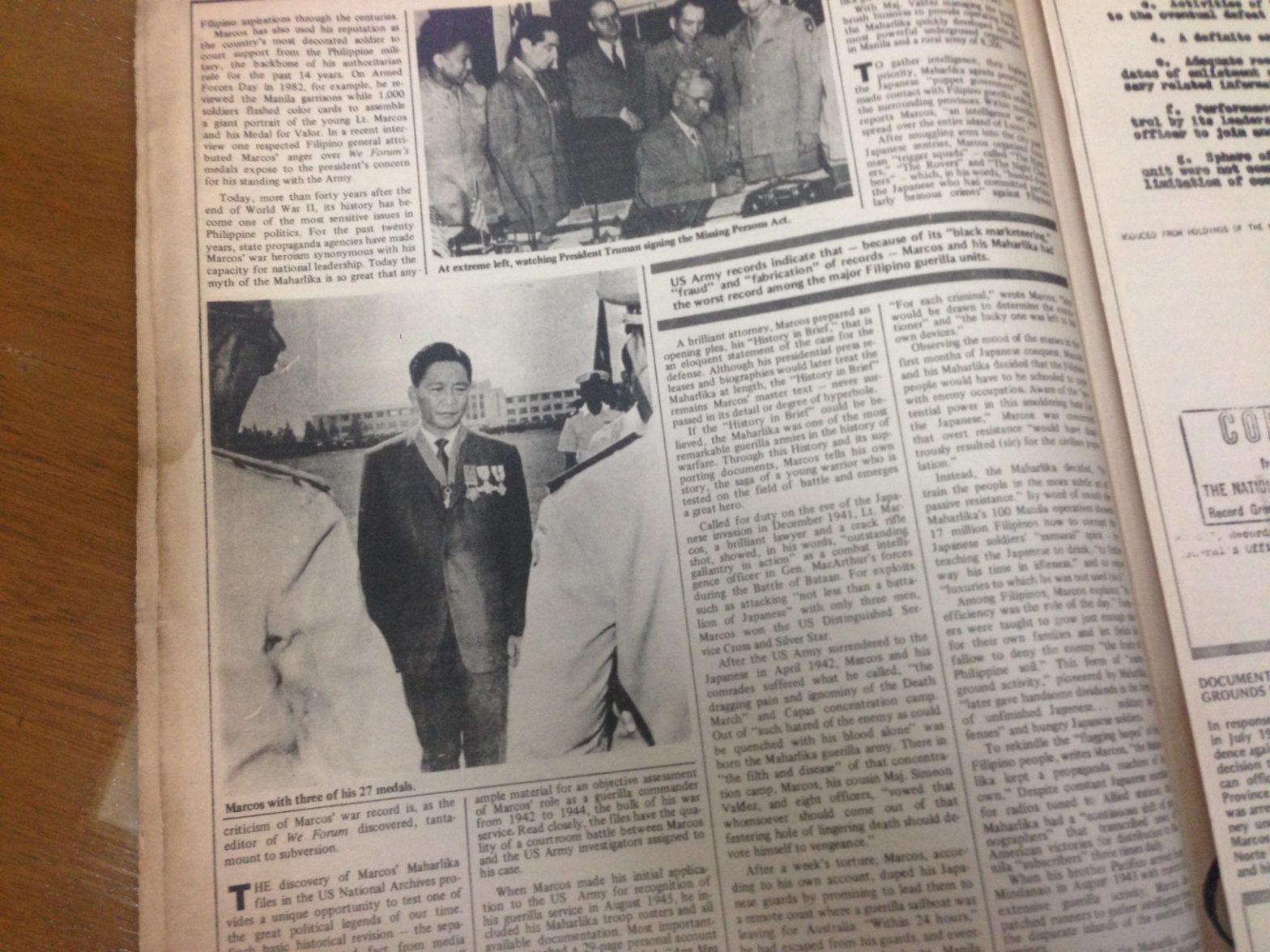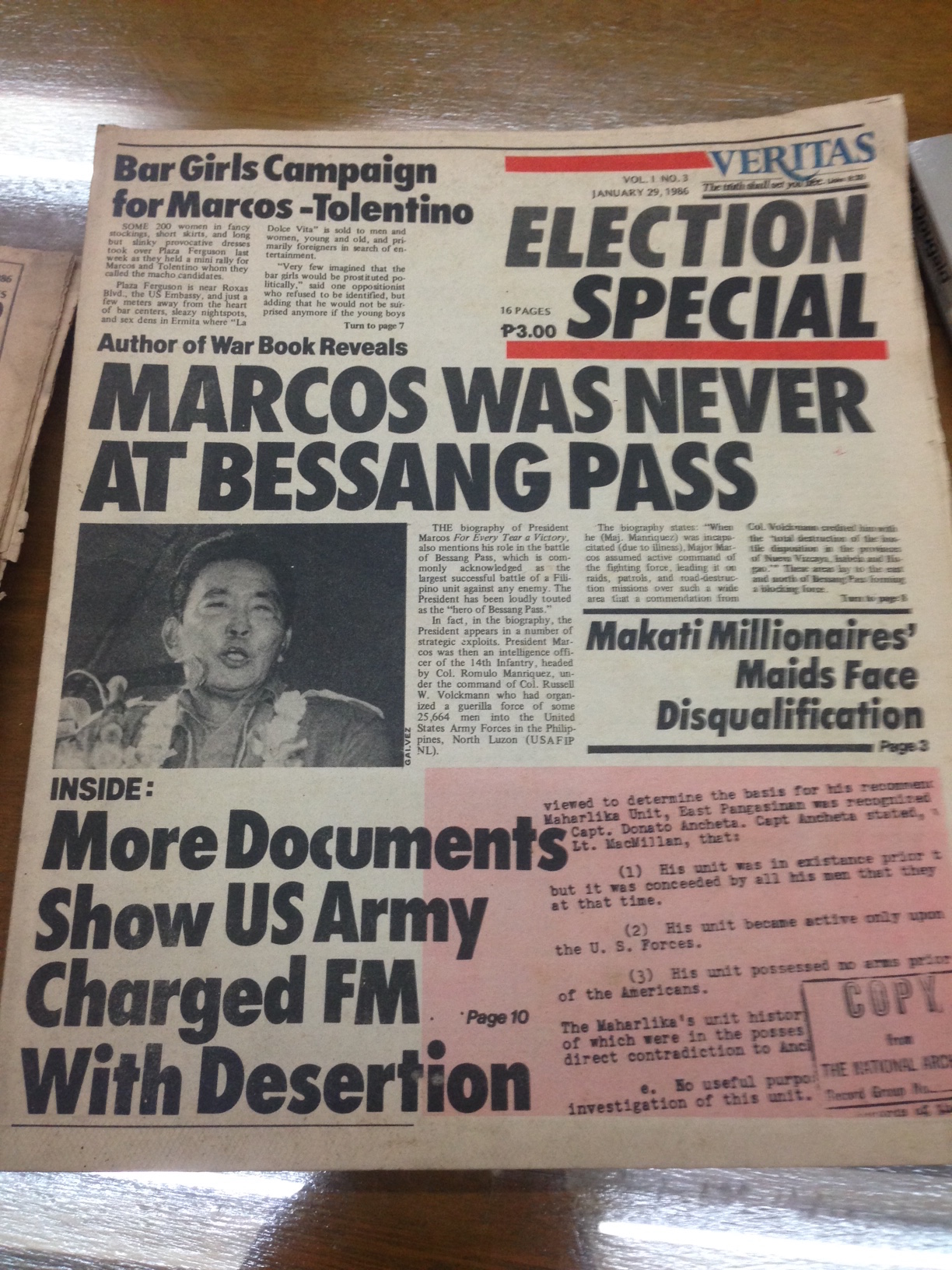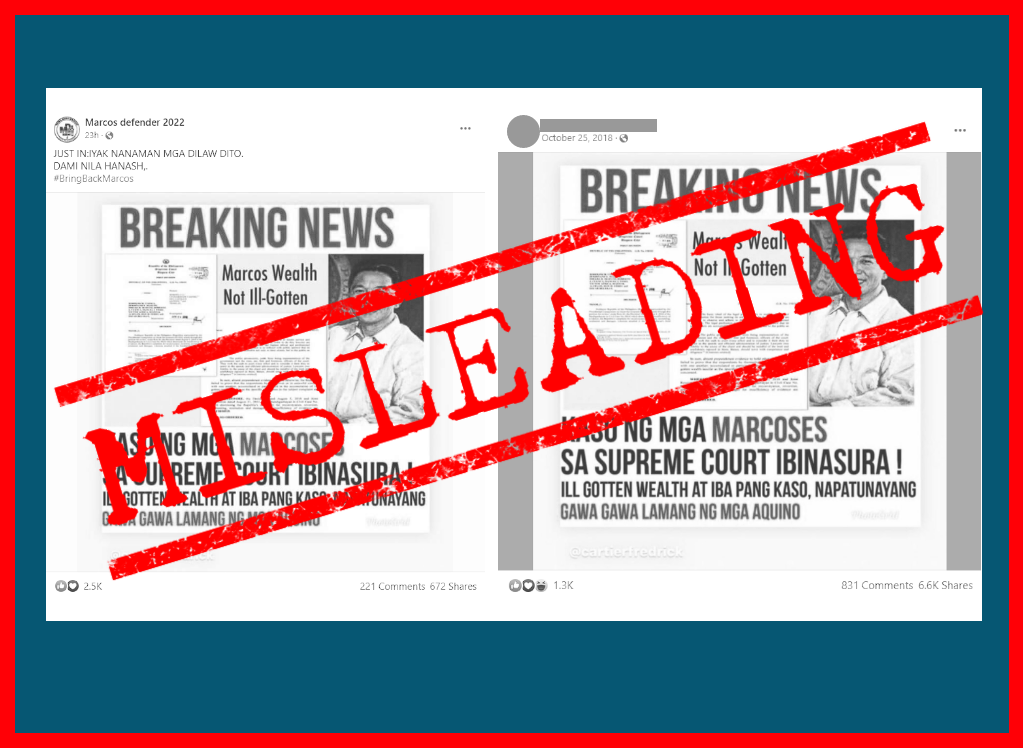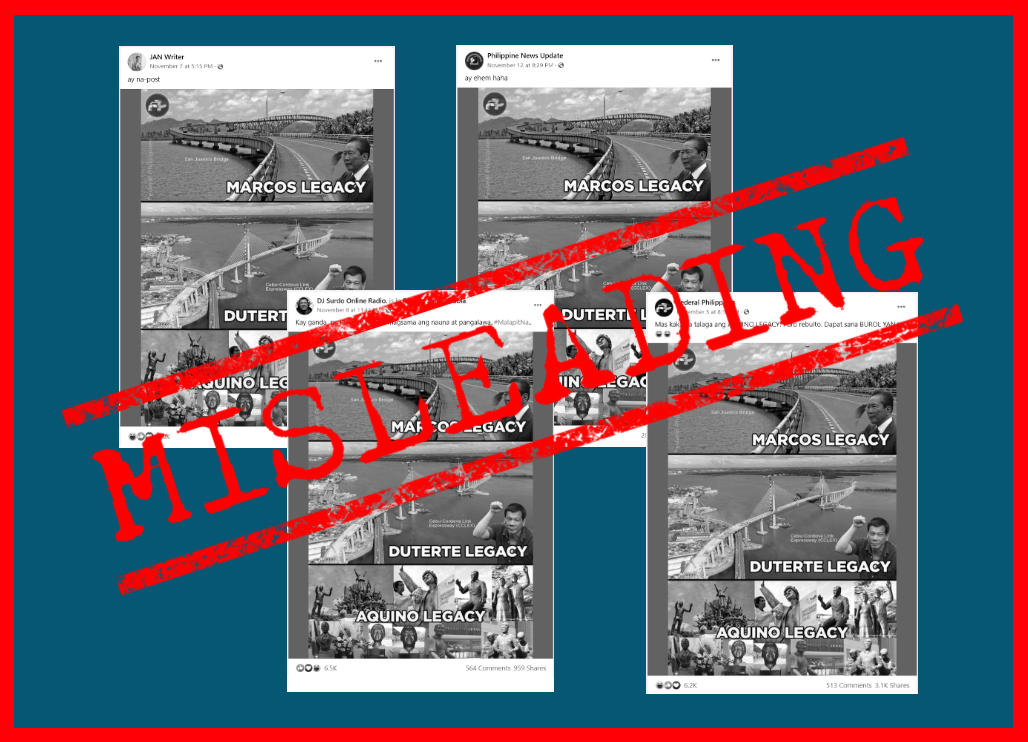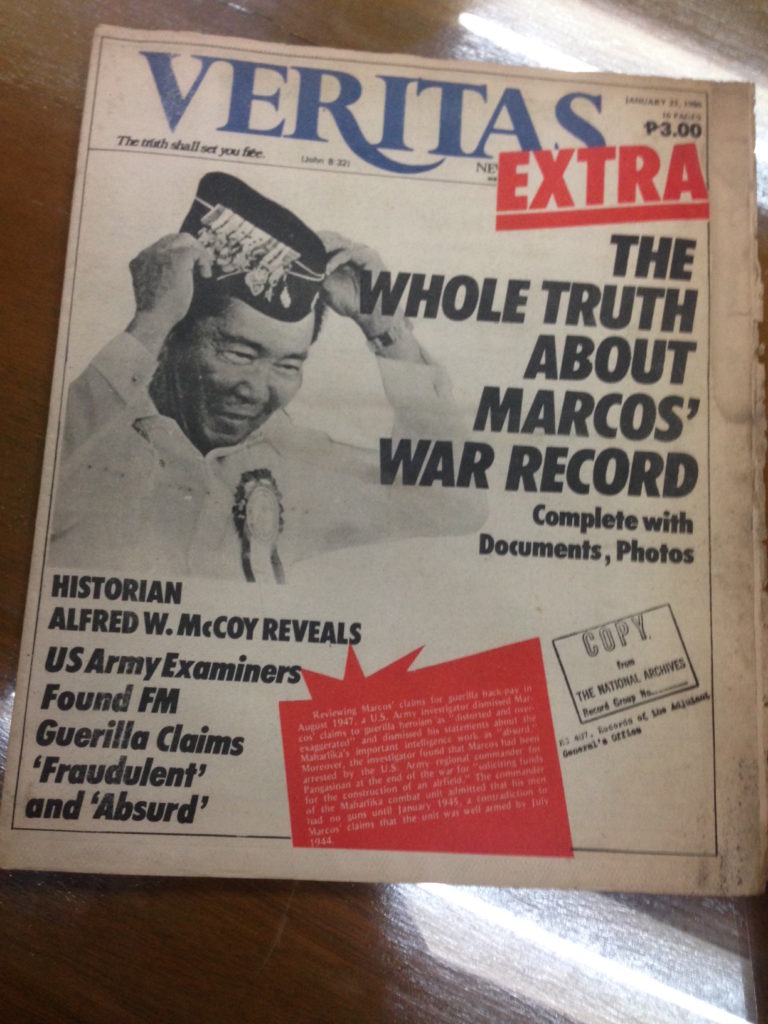
Second of three parts
WHAT is striking about File No. 60 is the number of key Ang Mga Maharlika officers who were relatives of Marcos.
The most frequently mentioned among these relative-comrades is Simeon Marcos Valdez, Ferdinand’s first cousin. Valdez was allegedly the commanding officer of Maharlika’s Ilocos Norte regiment.
In a July 26, 1944 field report by Marcos, Valdez—listed as “Simmy”—is referred to as the head of both the Zambales and Manila regiment and the “provincial” intelligence units of Maharlika.
Another alleged Maharlika commander is Narciso Ramos, who was married to Simeon’s sister, Angela Marcos Valdez, making Narciso and Ferdinand “cousins by marriage.”
In an affidavit dated November 25, 1947, Ramos referred to himself as Maharlika’s Special Intelligence Section chief. In other documents in the Maharlika File, he signed or is described as “acting C.O.,” while in the July 1944 report, he is listed as commanding officer of Maharlika’s Pangasinan regiment, at one point heading 3,500 “active and inactive” troops.
Documents in the Maharlika File also describe Pacifico Edralin Marcos, Ferdinand’s younger brother, as commanding officer of Maharlika’s Manila unit since September 1944, and Pio Rubio Marcos, Ferdinand’s uncle, as an “assistant chief” of Maharlika during the organization’s early days.
Also among the documents is a typed-up identification card for Fidel V. Ramos, designated as one of Ang Mga Maharlika’s staff sergeants. Dated February 17, 1945, the document states that Fidel had been staff sergeant since November 1, 1943.
If true, Fidel—Narciso’s son and Ferdinand’s first cousin once removed—was commanding fellow guerrillas at the tender age of fifteen. Fidel would later become Ferdinand’s Armed Forces vice chief of staff and subsequently president himself.
Seemingly absent from this family affair was Mariano Marcos, Ferdinand’s father. The historian Alfred McCoy, who had written of Marcos’ war record in 1986, pointed out that the only time Mariano Marcos was mentioned as being connected to Ang Mga Maharlika was in Ferdinand’s July 26, 1944 field report.
Described there as Ang Mga Maharlika’s commanding officer for Northern Luzon is a certain “M.M., Ex-representative and ex-governor…a federalized officer in World War No. 1 holding the rank of Captain, Reserve, U.S.A.” Mariano was indeed a former assemblyman, ex-governor of Ilocos Norte, and a lieutenant of the Philippine National Guard.
In the same report, “M.M.” is listed as the commanding officer of Maharlika’s Baguio intelligence unit. However, nowhere in the other documents of File No. 60 does Ferdinand mention Mariano.
Ferdinand Marcos’ Letter Seeking Recognition of “Ang Mga Maharlika.”
In the Malacanang-issued “Official Week in Review” dated October 30-November 5, 1970, Ferdinand is described as going to San Fernando, La Union on November 1, 1970 to visit a memorial to Mariano, who is described as having been “killed by Japanese soldiers during the war.”
This description of Mariano’s death is contradicted by reports that he actually died at the hands of guerrillas as he was known to have been a Japanese collaborator.
Journalist John Sharkey, in a January 24,1986 article in Washington Post, describes the following as appearing in a 1948 affidavit of an American colonel stationed in Northern Luzon: “When questioned [Mariano Marcos] readily admitted his activities, and stated that he had been recommended to the Japanese area propagandist by his son.” Sharkey takes “son” to refer to Ferdinand (the other son was Pacifico).
American guerrilla leader Robert Lapham, in the book Lapham’s Raiders: Guerrillas in the Philippines 1942-1945, maintains that “Ferdinand Marcos’s father…was unquestionably a collaborator with the Japanese, for which bad judgment he paid a ghastly price.”
In April 1945, Mariano, Lapham states, was drawn and quartered with the use of carabaos. What was left of him were then hung on a tree. Lapham mentioned that several of the guerillas who carried out the execution of Mariano Marcos were friends and relatives of Julio Nalundasan, the man Ferdinand Marcos had been accused of killing before the war.
It was the same Robert Lapham, then Major of the Fifth Cavalry, who in a May 31, 1945 communication stated that Ang Manga Maharlika, with a total of twenty-four men, including Ferdinand Marcos and Narciso Ramos, were “employed by [his] organization to guard the Regimental Supply Dump and perform warehousing details.”
“[Ang Manga Maharlika] are not recommended for recognition because of the limited military value of their duties,” Lapham added.
Despite all of the affidavits, photostatic copies of reports, and other supporting documents that Marcos produced, the U.S. Army remained unconvinced of the existence of an 8,000-man outfit called Ang Mga Maharlika. On March 31, 1948, it informed Marcos that it stood by its previous findings and that its decision was final and not subject to any further appeal.
“When Marcos was turned down for the last time in March 1948, he switched his tactics” Charles McDougald noted in his book The Marcos File, “and put in a claim for $594,900 claiming the Army commandeered 2,366 head of cattle on the Marcos ranch in Mindanao. This claim was also rejected.”
Not someone to stand down at the first sign of rejection, Marcos made another claim. In the 1960s, according to Primitivo Mijares in his book The Conjugal Dictatorship of Ferdinand and Imelda Marcos, when he was already a senator, Marcos tucked in in “an omnibus bill which would have granted the Philippines additional war payments to the tune of $78 million…a personal claim…for $8 million to compensate for food and war material he allegedly supplied the American guerillas in Mindanao during the Japanese Occupation of the Philippines.” In 1962, the US Congress rejected the bill.
(to be concluded)
The Third World Studies Center is making public File No. 60. Read it here <http://uptwsc.blogspot.com/2016/07/file-no-60-marcos-maharlika.html>
(Joel Ariate and Miguel Paolo Reyes are researchers at the Third World Studies Center, College of Social Sciences and Philosophy, University of the Philippines Diliman. Judith Camille E. Rosette provided research assistance in writing this article. The digital copy of File No. 60 came from Ricardo T. Jose, Ph.D., the center’s director and UP professor of history, recently named the UP Alumni Association’s Distinguished Alumnus Awardee in Historical Scholarship and Research for 2016.)
